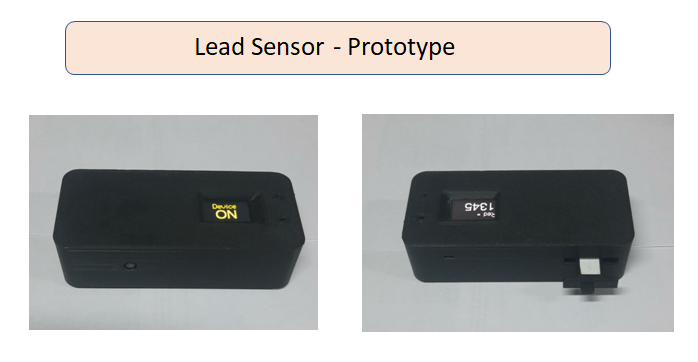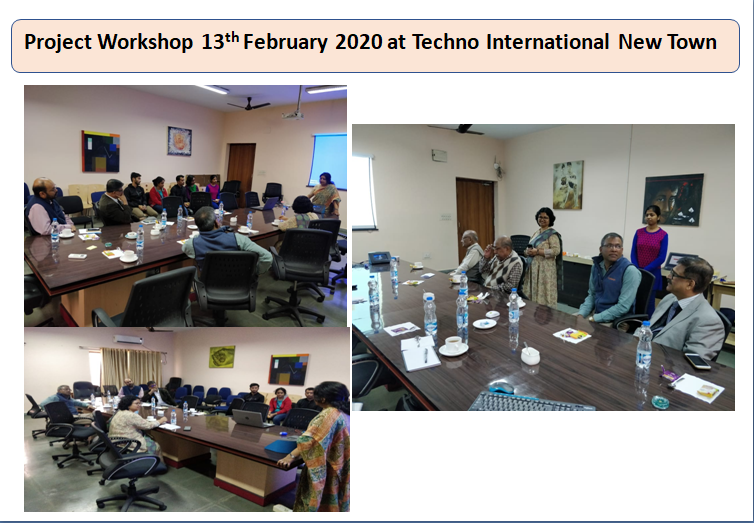Title of the project : "Development and optimization of plasmonic based low cost, ultrasensitive sensors for real world application : Prospect in the field of regional environmental pollution monitoring".
Name of Faculty: Dr. Arpita Chattopadhyay, Dr. Mala Mitra
Date of Acceptance : 11.06.2019, Project Start date : 26.08.2019
Major funding Agency : West Bengal Pollution Control Board
Amount : INR 9,98,000/-
Details of the Project:
Toxicity of heavy metal has become a real threat to the public health globally due to their exponential increase of usage in industrial, biochemical and technological applications. As stated by the Gazette published by Govt. of India, (“GOI: Air Quality Standards,”), 3 heavy metals namely lead, arsenic and nickel are found to be harmful amongst twelve other toxic materials.
According to the toxicity level, lead (Pb) is on top of the list and it could lead to major neurological damages, especially in children, who could suffer from learning or behavioural difficulties. Sometimes the symptoms could be life-threatening as well.
The current available technologies, AAS (atomic absorption spectroscopy) and ICP-ES (Inductively Coupled Plasma Emission Spectrometry) require expensive instruments, which restrict their usability.
In this project, the detection of Pb using innovative surface plasmon resonance (SPR) technology is cost-effective, user-friendly and it would not interfere with other heavy metals during measurement. The unique characteristics of plasmonic nano structures (1D, 2D and 3D) where they exhibit a distinctive peak in absorption spectrum, gets shifted or destroyed when these nano structures are exposed to the sample containing the heavy metals.
According to a report published by West Bengal Pollution Control Board in 2015, the amount of lead present around the ambient air of Kolkata was found to be 0.17 mg/m3, whereas the standard amount suggested by pollution control board, Govt of India is 0.5μg/m3.
From that report it is also evident that Kolkata has only two air quality monitoring stations, out of eleven total stations, which can monitor the presence of lead (Pb) in the ambient air.
AAS (atomic absorption spectroscopy), ICP-ES (Inductively Coupled Plasma Emission Spectrometry) are some widely used standardized methods to measure the amount of lead present in the ambient air. But, the instruments cost around INR 50 Lakhs, which may explain the less number of installation of the lead monitoring system. To popularize these types of pollutant monitoring, the use of cheap, user-friendly SPR sensors could be the best available option.
The role of citrate capped silver nanoparticles as a probe for efficient Pb2+ ion detection was explored and studied. In presence of lead ion, AgNPs aggregates with each other and forms a chain-like structure. As a consequence, the SPR band of AgNPs changes drastically. Along with experimental interpretation, theoretical modelling was performed to justify the experimental findings. Anisotropy generated due to the aggregation in presence of lead ion leads to generation of new peak at higher wavelength along with LSPR band (~395 nm). With optimal NPs size and concentration, the sensitivity of the sensor has been successfully tuned up to 3 ppm at 60 min reaction time.
Undoubtedly, this sensor provides an efficient tool for potential applications in atmospheric and industrial lead pollution monitoring.



